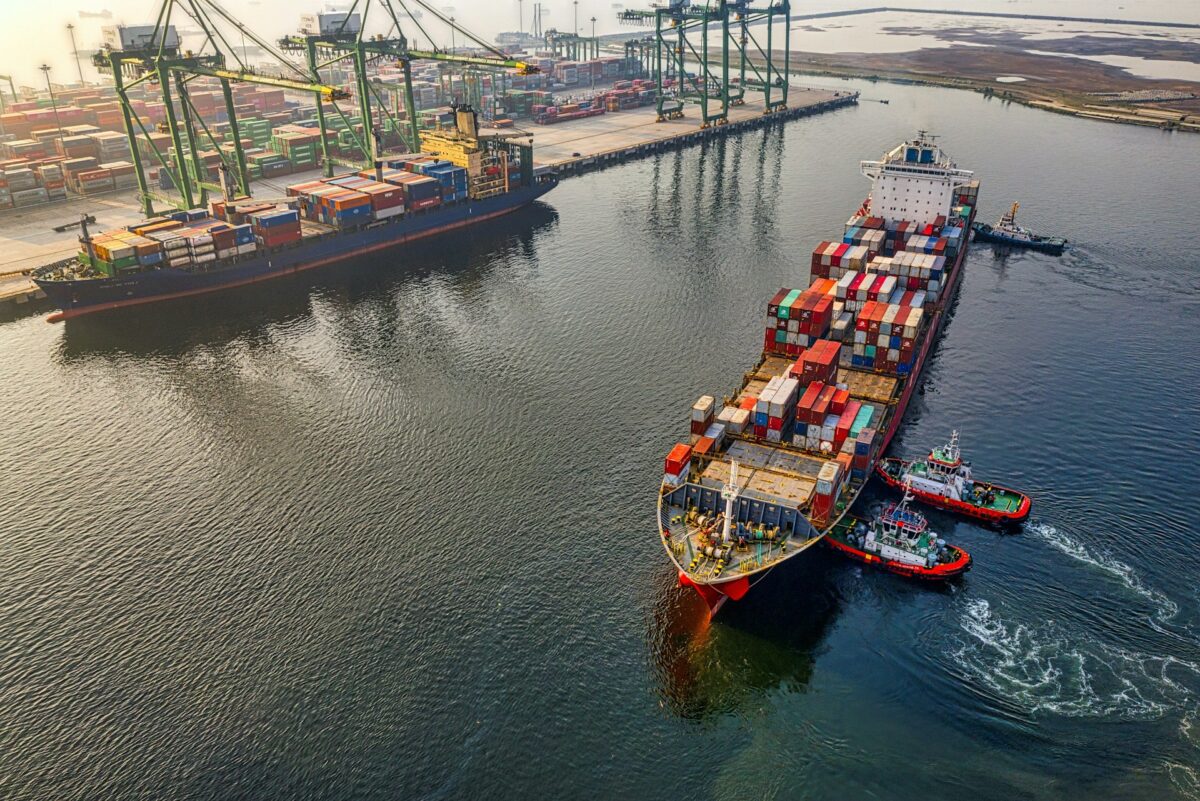Freight container shipping spot rates have increased to their highest level since 2022, according to data from Xeneta, a Norwegian ocean and freight rate benchmarking platform.
At the end of May, Xeneta said market average spot rates from the Far East to the US West Coast would reach $5,170 per forty-foot equivalent unit (FEU) on June 1. The figure is 57% higher than in May and the highest that spot rates have been for 640 days, surpassing the peak seen during the Red Sea crisis earlier this year. Spot rates are expected to peak at $6,250/FEU on the Far East to US West Coast line in June, just shy of the Red Sea crisis peak ($6,260).
On the Far East to North Europe trade line, spot rates are set to exceed the Red Sea crisis peak, reaching $5,280/FEU, compared to $4,839/FEU on Jan. 16. This will be the highest rate on this line for 596 days and an increase of 63% since 29 April.
Xeneta noted a similar story on the Far East to Mediterranean trade line, where spot rates are expected to edge past the Red Sea crisis peak of $5,985/FEU to reach $6,175/FEU. This would be an increase of 46% on May and the highest rates on the trade for 610 days.
With freight costs representing around 4% of a solar panel’s total costs, the spot rate increase is likely to have a knock-on effect on PV module prices.
Xeneta said the market has been hit by the ongoing conflict in the Red Sea, port congestion, and shippers deciding to frontload imports ahead of the third quarter, which is the traditional peak season. Despite the latest spot rate increases, Xeneta’s chief analyst, Peter Sand, said the growth is not as rapid as during May, “which may hint toward a slight easing in the situation.”
“This cannot come soon enough for shippers who are already having their cargo rolled, even for containers being moved on long term contracts signed only a matter of weeks ago,” Sand said. “Carriers will prioritize shippers paying the highest rates. That means cargo belonging to shippers paying lower rates on long term contracts is at risk of being left at the port. It happened during the Covid-19 pandemic and it is happening again now.”
“In such cases they have no other option than to pass these costs on directly to their shipper customers,” he said. “Carriers will continue to push for higher and higher freight rates so the situation may get worse for shippers before it gets better.”
This content is protected by copyright and may not be reused. If you want to cooperate with us and would like to reuse some of our content, please contact: editors@pv-magazine.com.




2 comments
By submitting this form you agree to pv magazine using your data for the purposes of publishing your comment.
Your personal data will only be disclosed or otherwise transmitted to third parties for the purposes of spam filtering or if this is necessary for technical maintenance of the website. Any other transfer to third parties will not take place unless this is justified on the basis of applicable data protection regulations or if pv magazine is legally obliged to do so.
You may revoke this consent at any time with effect for the future, in which case your personal data will be deleted immediately. Otherwise, your data will be deleted if pv magazine has processed your request or the purpose of data storage is fulfilled.
Further information on data privacy can be found in our Data Protection Policy.